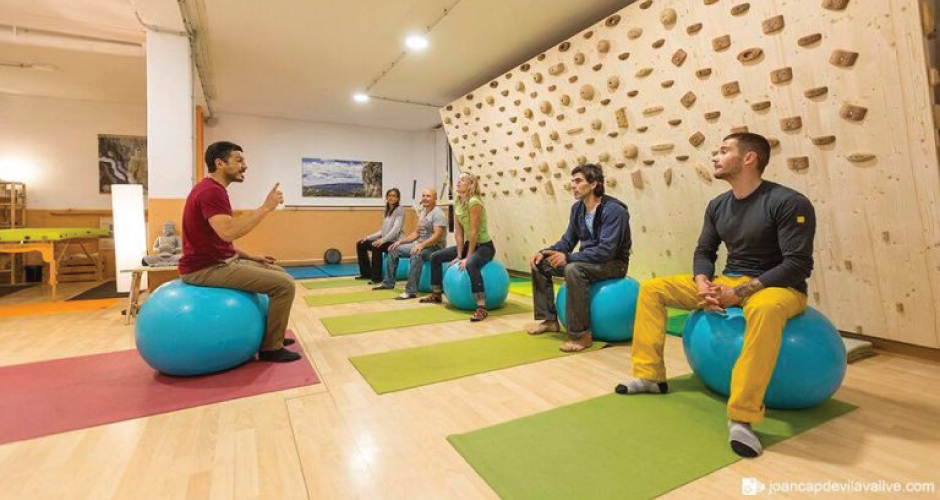KletterRetter Blog
Preventive Training
When I first took an interest in injury prevention for climbing, in about 1998, there wasn’t much information available.
I found a few articles about training and a couple about injury prevention, but I was unable to find anything directly related to preventive training.
“Preventive training” was the best way to define what I was interested in; training with a focus on avoiding injuries.
Now, years later, we are beginning to understand that climbers suffer from different types of overload injuries directly related to the style of climbing, the type of holds and the inclination of routes – and not necessarily the grade.
Although it’s common to relate climbing grades directly to strength, it’s also known by many that strength of movement does not depend exclusively on muscles.
Strength also depends on joint mechanics, the nervous system and many other biomechanical characteristics.
We already know that climbing easy routes with technical footwork does not prepare your body for harder routes that require strong arm movements.
Today, it is common for a serious climber to have a coach, a physiotherapist and a trusted doctor.
Coaches are becoming more and more interested in preventive training and the overall health of their athletes.
For the body to function at maximum biomechanical efficiency, it is important to preserve the balance between strengths and weaknesses.
The ideal preventive training must always adapt to individual risk situations and develop behaviours that keep biomechanical weaknesses balanced.
One of the keys to getting the best results from preventive training, is time. So, it is essential to assess long-term evolution.
A climber who seeks short-term evolution and does not develop their body in a balanced way significantly decreases their chances of continuing to evolve which will most likely lead to injuries.
With each day of climbing, a series of biomechanical overloads slowly bring the body to structural adaptation. Every climber has an individual climbing style and as a result, the biomechanical overloads are different.
For example, climbers with little flexibility generally suffer different types of injuries compared to more flexible climbers.
That does not mean that climbers should try to change their biotypes. It simply means that with regular stretching, the body will maintain in natural harmony and avoid unnecessary stress or injuries.
When a climber works on their weaknesses to prevent injuries, the main goal is to avoid a biomechanical imbalance that could lead to an injury.
Want to know more? Book an online consultation with Pablo: http://pabloscorza.com/online-consultation/



